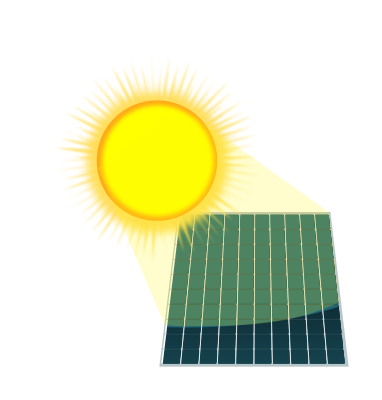I’ll note that aggregate system cost still benefits significantly from including wind and other non-solar sources of energy; having a mix of different intermittent sources (and some firm generation such as geothermal) means less storage is needed.
We really should be installing neighborhood sodium batteries everywhere. It would help to capture residential solar and smooth out the grid. No more mass power outages during storms either.
Sodium-ion is one of several technologies which might end up being how we do storage; there are a bunch of iron-chemistry flow battery technologies which might be cheaper. It’s not at all clear which will be the best choice for stationary storage at this point.
I think it doesn’t matter too much. Suboptimal energy storage is still much better than none.
How resilient are these batteries to flooding? I live on the Texas coast and have been through enough hurricanes that I know that flooding is just inevitable here. I’m not trying to play down the effectiveness of the technology, just wondering how they might fare compared to our terrible power systems in Texas?
You’d probably site them on higher ground outside of the flood plane. Add in flood walls, etc. if storm surge is a concern
There really isn’t any “outside the flood plane” around here. Or flood walls. Or infrastructure. God. Why do I live here?
Also you have to consider conventional hydro. The reservoirs have considerable storage capacity, which is obviously limited by a lot of factors.
How does solar + pumped hydro compare? I thought I read somewhere the cost of pumped hydro per unit of storage was crazy cheap (assuming suitable enough sites are available). I think that kind of system probably makes a whole lot of sense too for places where the geography allows.
Pumped hydro is great but limited by site availability
Yep, it’s great that batteries have gotten cheaper as they can be used basically anywhere.
I’m selfishly thinking of Australia in particular where we have almost 70 TWh of potential storage.
Pumped hydro is great for taking advantage of the geography but it’s thousands of times less energy dense. There was this guy that made a pumped hydro water tank on his roof and by his calculations a cubic meter of water was equivalent to a AA battery. A professional damm might be a bit more efficient though.
I’m looking forward to see more heat based storage, like molten salt, heated sand, or pumped geothermal.
There was this guy that made a pumped hydro water tank on his roof and by his calculations a cubic meter of water was equivalent to a AA battery.
That sounds crazy. Let’s do some math. From what I can find, a double A battery contains about 10-14 kilojoules of energy. Let’s use 14 to be charitable.
A cubic meter of water weighs about 1000kg. We know the formula for potential gravitational energy U = mgh. So if we used all the energy from the battery, we could lift the water:
14000 = 1000 * 9.81 * h h = 14000 / (1000 * 9.81) ≈ 1.43 meters (4 feet 8 inches)That assumes 100% efficiency of course. Still, lifting a ton of water even two feet ain’t nothing to sneeze at. Batteries have a lot of energy.
Thank you for doing the math! I think this was the video of the fella doing his water tank battery: https://youtu.be/CMR9z9Xr8GM?si=go28fQ6DYXyW1GTi
Definitely interesting for countries closer to the equator where seasonal effects on on PV energy production aren’t particularly impactful.



